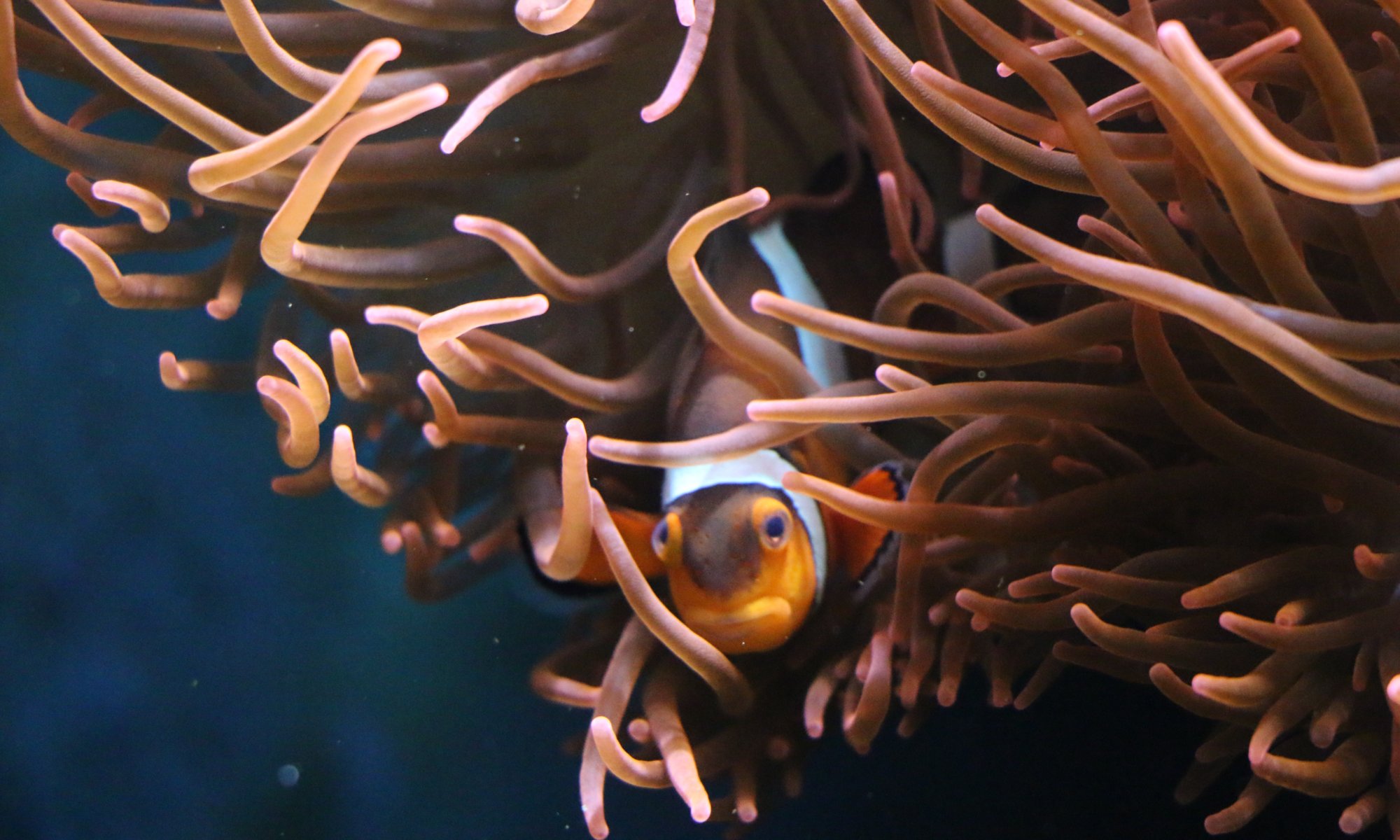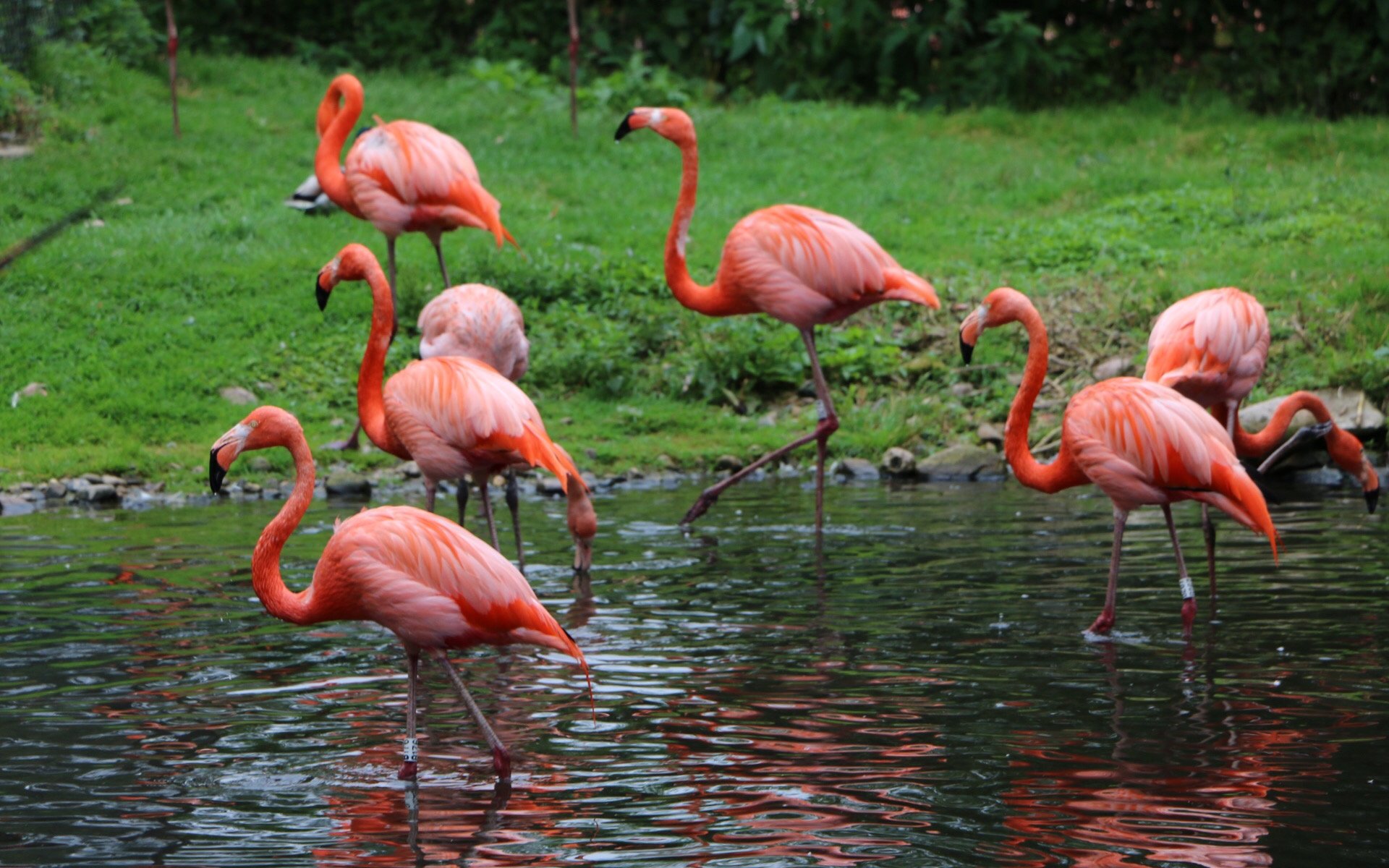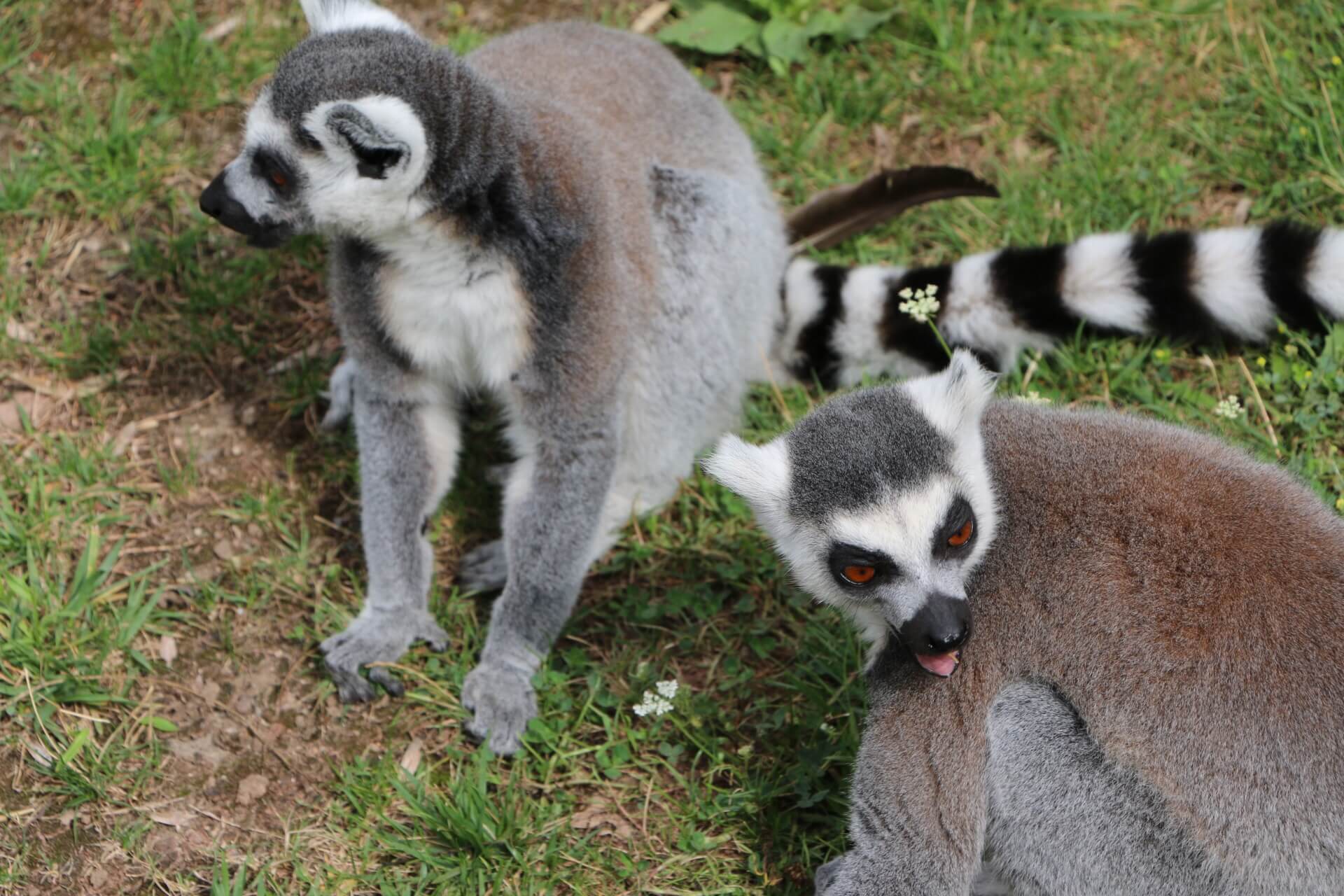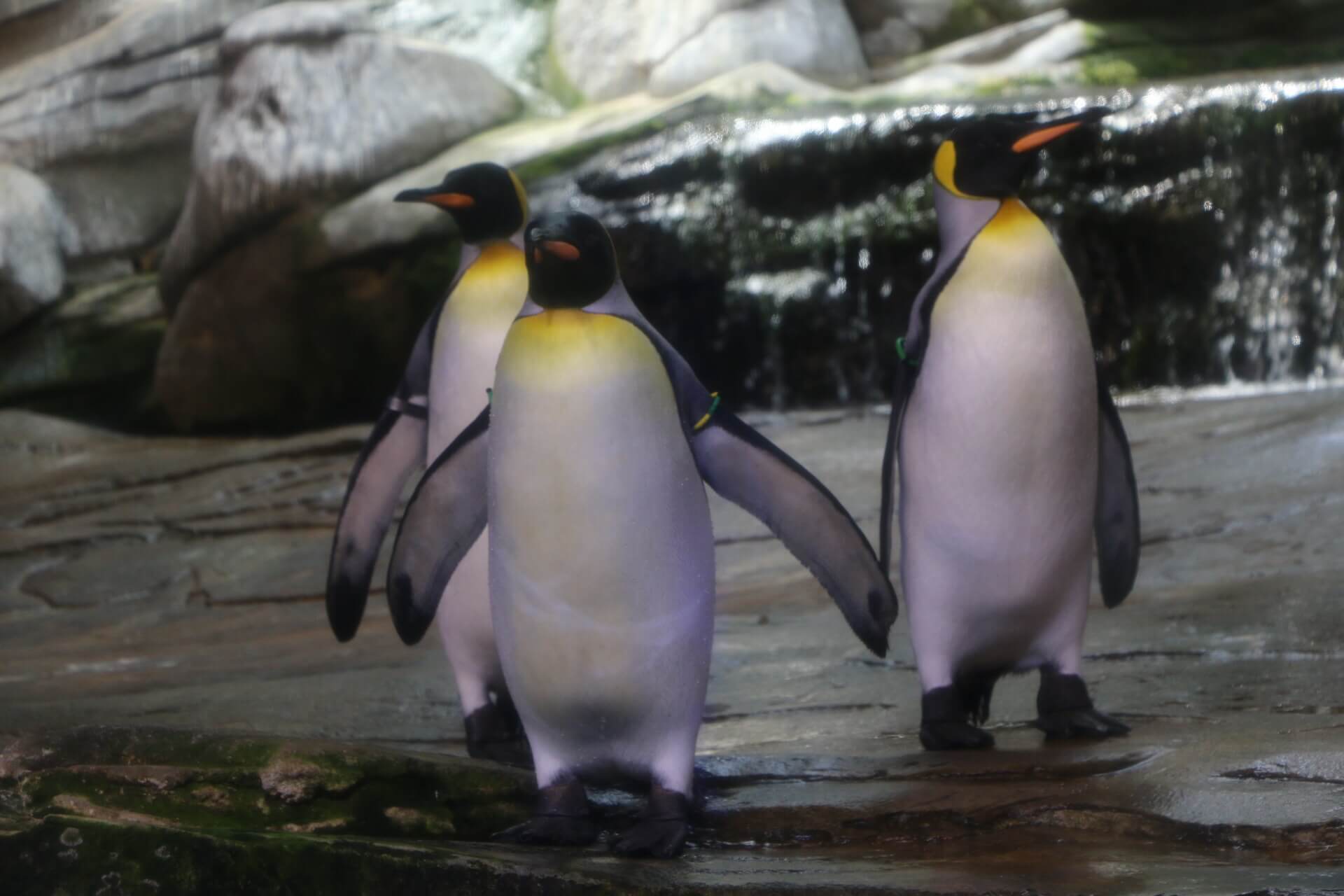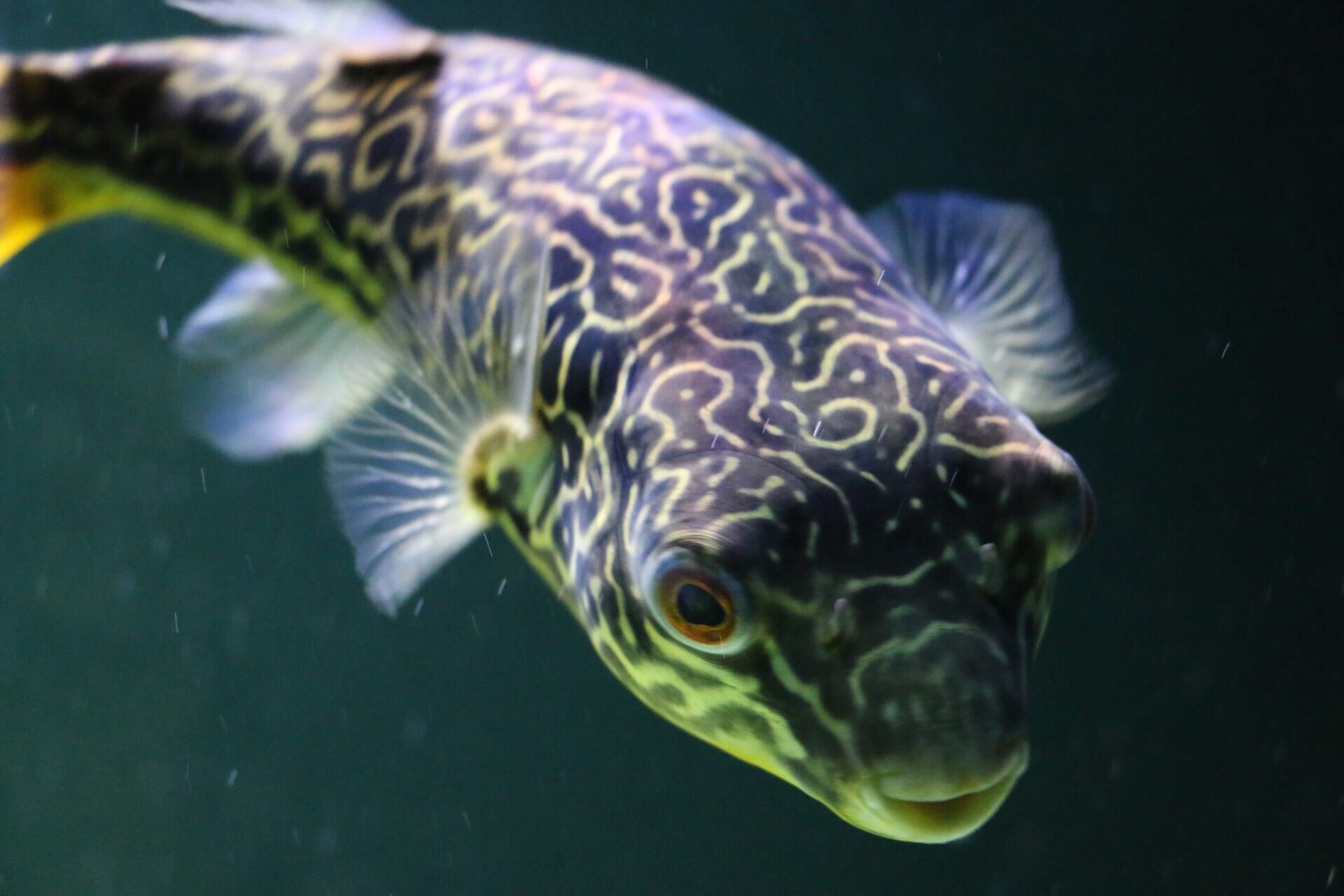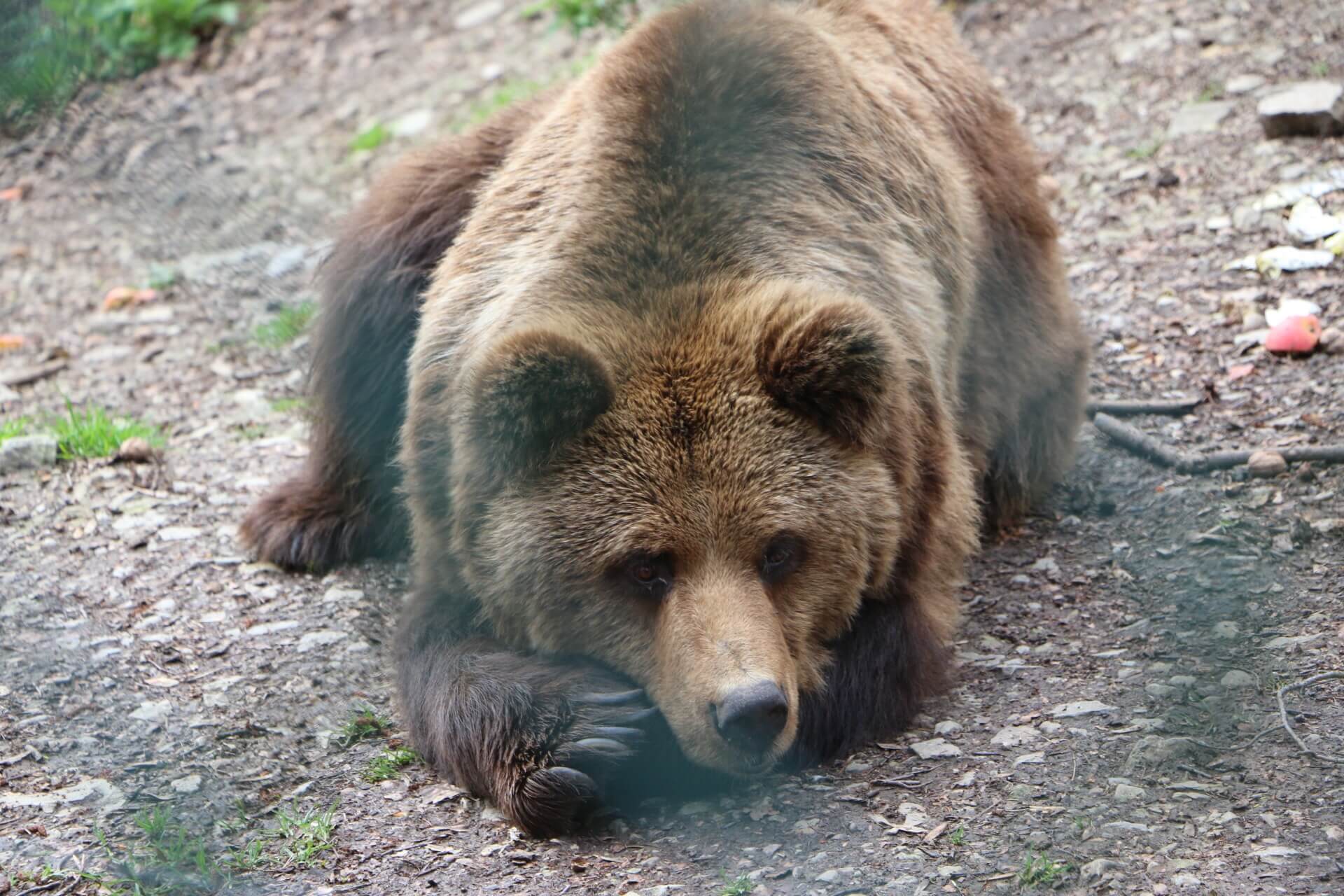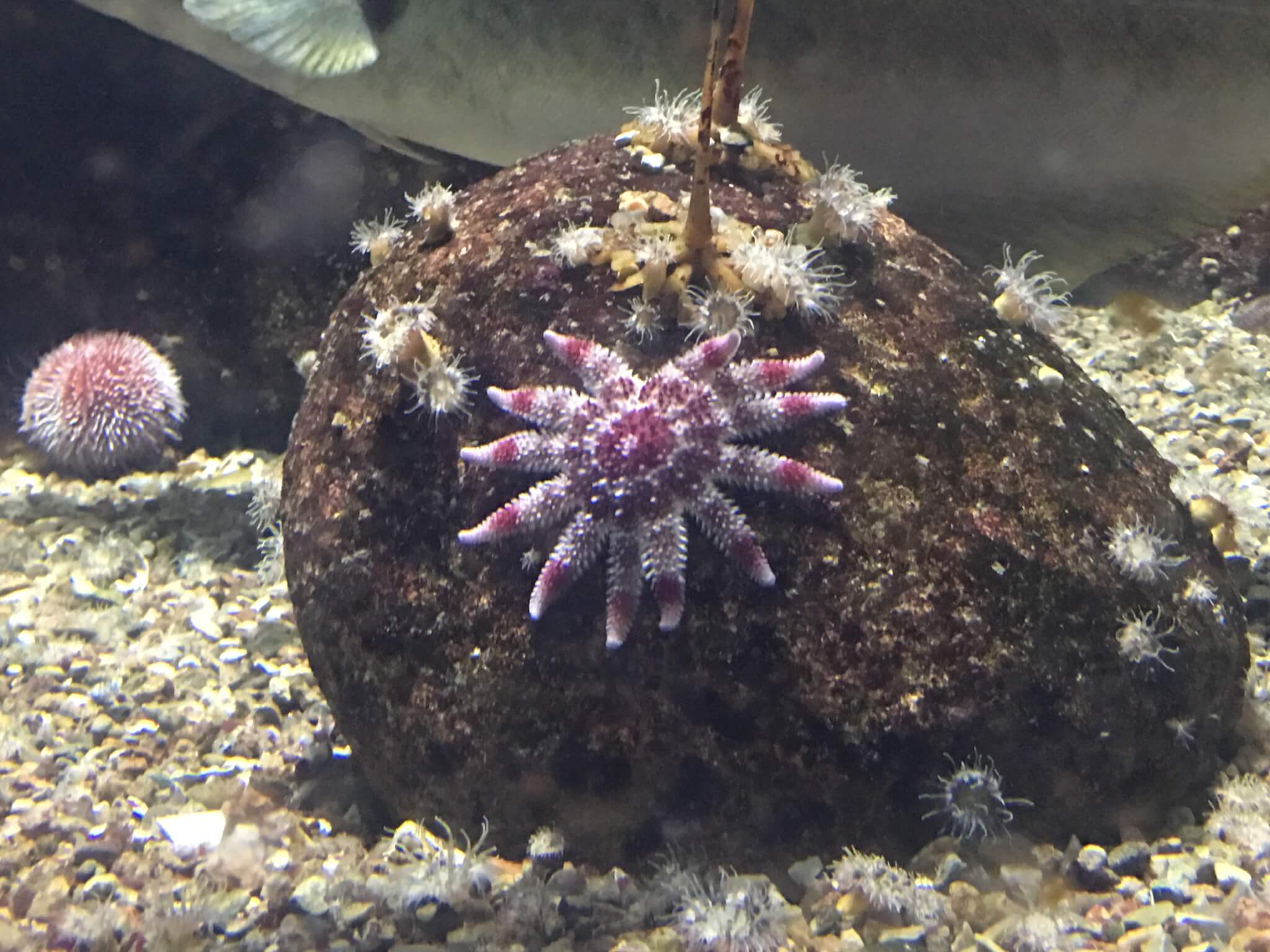The zoological garden of Köln, Germany dates back to the year 1860 and is therefore the third oldest zoo in Germany. It is 20 hectares large and to see everything you have to walk long distances. What I liked is the round trip that ensures that you miss no species. The Kölner Zoo is visited by 1.7 million persons each year. Continue reading “Kölner Zoo”
Domestic animals
The WildtierPark Edersee is a park for wild domestic animals in Edertal, Germany – not far away from the Edersee dam and next to the TreeTopWalk. From the park you can have some nice views on the Edersee, the dam and Schloß Waldeck. At the entrance you can find a nice exhibition from the Naturschutzbund (NABU) and then take a round trip through the park which lasts about two hours. Continue reading “Domestic animals”
Watching birds
In my youth it was impossible to go by car through Lower Saxony and not to here the radio advertisement for the “Vogelpark Walsrode” with its iconic jingle. But we never went to the biggest bird park in the world in the Lüneburg Heath, located near Walsrode, Germany. Now was the time for that and the park created in 1962 is definitely worth a visit, even though you will find some deterioration here and there. Continue reading “Watching birds”
Zoologischer Garten Magdeburg
The zoological garden of Magdeburg, Germany is home to 1200 animals of 190 different species. If is located in the north of the city and can be reached by tramway or S-Bahn (Magdeburg-Eichweiler). It is a middle-sized zoo which needs a lot of investments and I tend to say there a not so many special things that make it worth for a longer travel time. Continue reading “Zoologischer Garten Magdeburg”
Zoo & Afrykarium
The zoological garden of Wrocław, Poland is located close to the centennial hall. It has been opened in 1865, it is today one of the biggest zoos in Poland and you can see 10.000 animals of 1.100 species. Most speciel element is the Afrykarium – a new building hosting animals of Africa. It includes fishes of the red sea and a glas tunnel through the aquarium as well as a hugh hippo bay with a waterfall. Continue reading “Zoo & Afrykarium”
Berlin Zoo
The “Zoologischer Garten Berlin” is the oldest zoological garden in Germany. Martin Hinrich Lichtenstein, zoologist of the Friedrich-Wilhelms-Universität Berlin (today: Humboldt-Universität zu Berlin) persuaded king Frederick William IV of Prussia in 1841 to give money and land for a zoological garden. Today 18.000 animals of 1.400 species are living there. Continue reading “Berlin Zoo”
Fish mob
The aquarium in Berlin, Germany is part of the zoological garden. You can visit it solely or buy a combined ticket. It has been opened in 1913 and looks a bit old-fashioned: no big tanks, no glass tunnels to walk through; only classic fish tanks with the most beautiful fishes of the world. In addition reptiles, frogs and butterflies can be found here, too. Continue reading “Fish mob”
Empty your pockets
It is said that the “Erlebnis-Zoo” in Hannover, Germany is the best zoological garden in Germany – and I would support this ranking. But to enter this place you’ll first have to have a lot of money; the entrance fees are pretty high – already for small children. For the inhabitants of Hannover better priced seasonal tickets seem to make this an option for more frequent children’s entertainment. Continue reading “Empty your pockets”
Where the wild things are
Bears had a tough time in Germany. In zoological gardens they were held in too small cages. They had to travel with circusses to amuse people. And if found in the wild they were hunted. The “Alternativer Bärenpark” in Leinefelde-Worbis, Germany turned a bad example of a zoological garden into a safeharbour for bears and wolves. Continue reading “Where the wild things are”
Seals and stars
The GEOMAR Helmholtz-Zentrum für Ozeanforschung is a research facility located in Kiel, Germany – they work on topics concerning the biological, physical and chemical dynamics of the ocean. You’ll come across this scientific organization located at the Kieler Förde mostly because of the publicly accessible basins containing five cute seals that attract a lot of spectators. Continue reading “Seals and stars”

